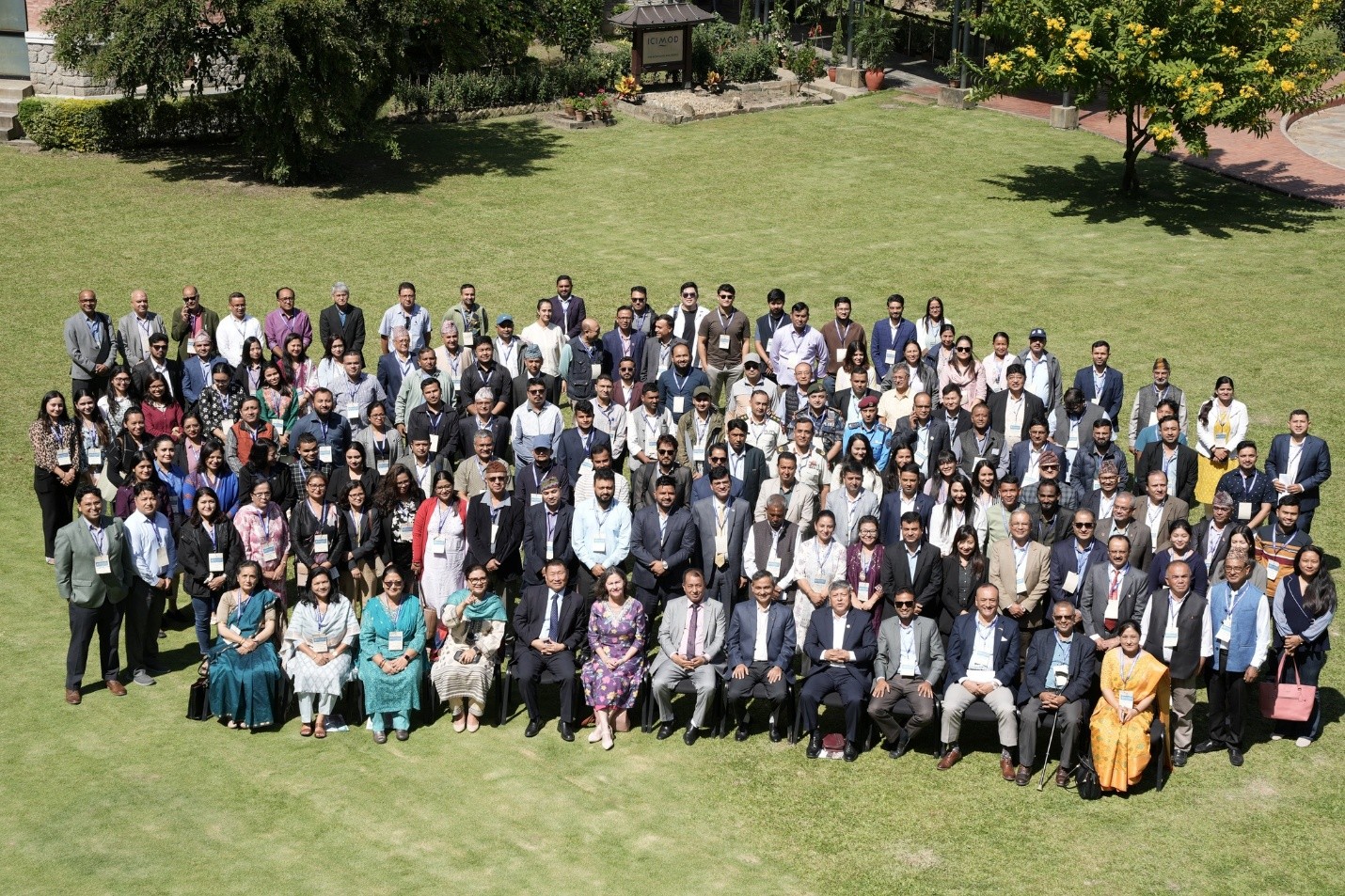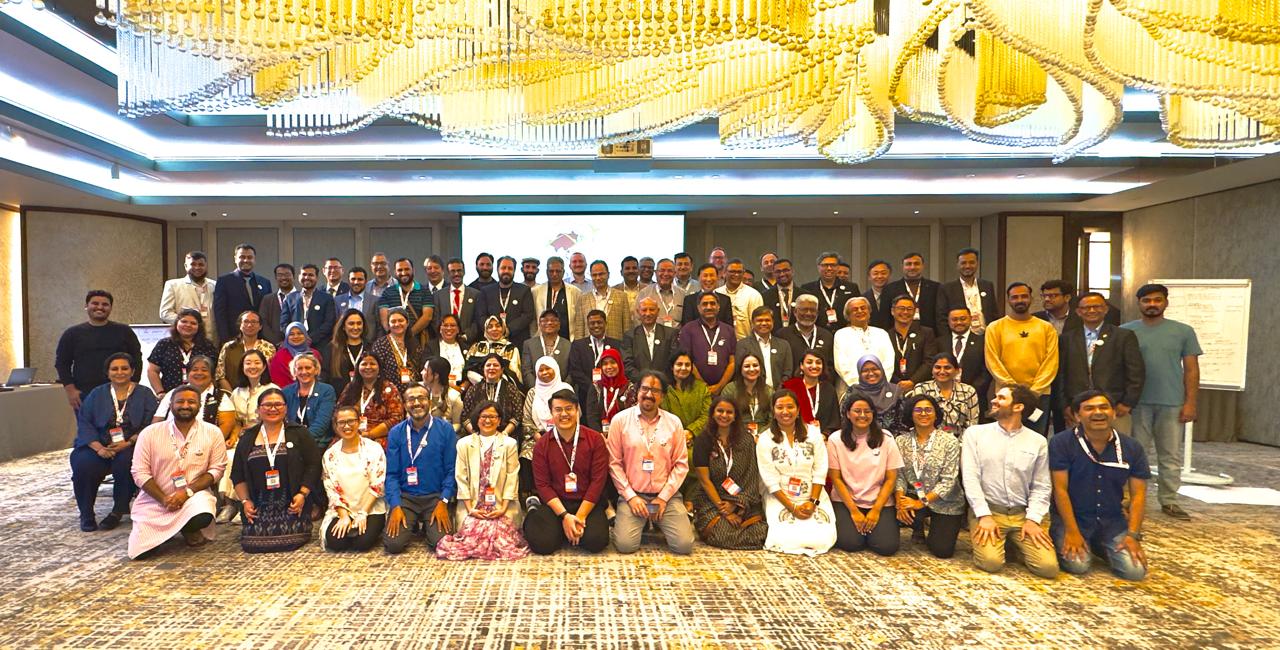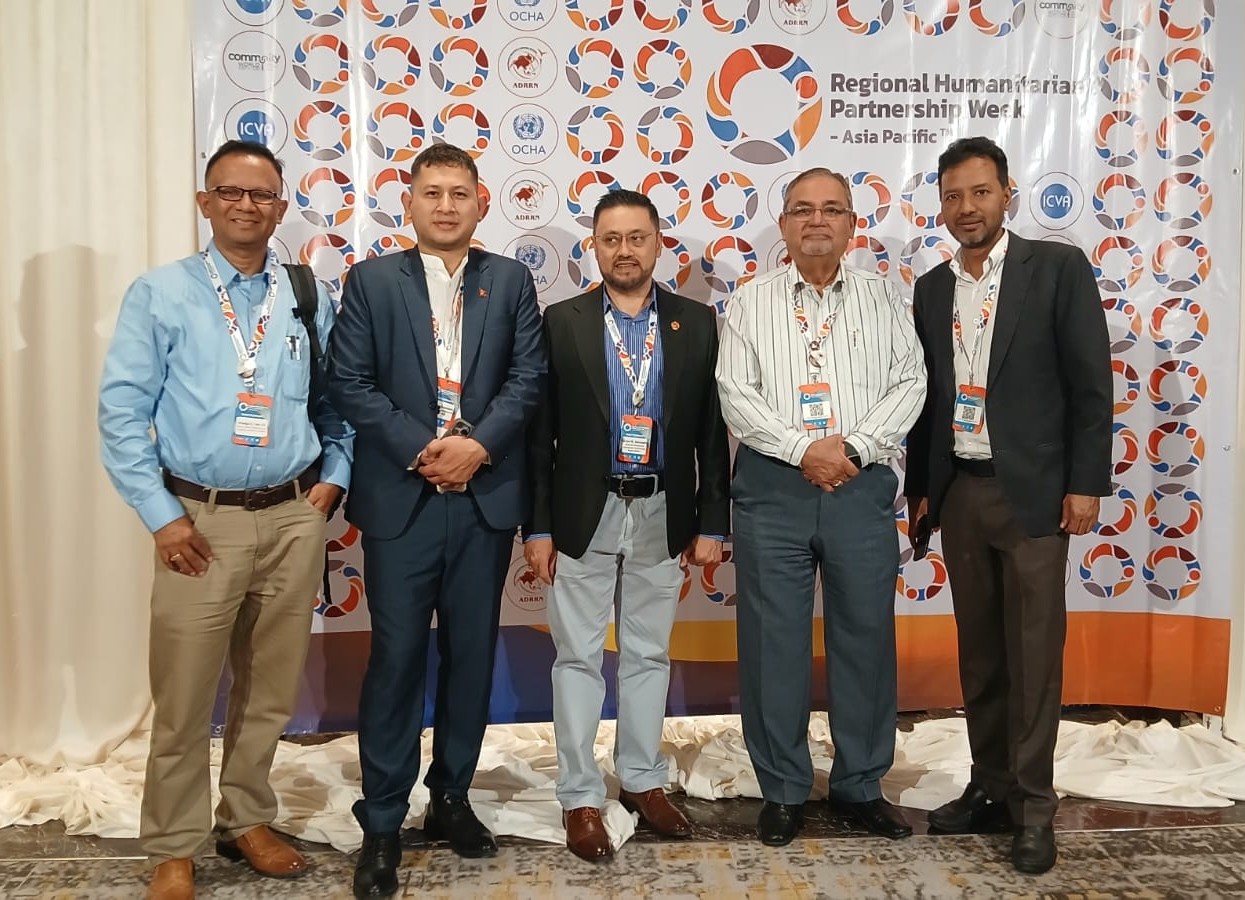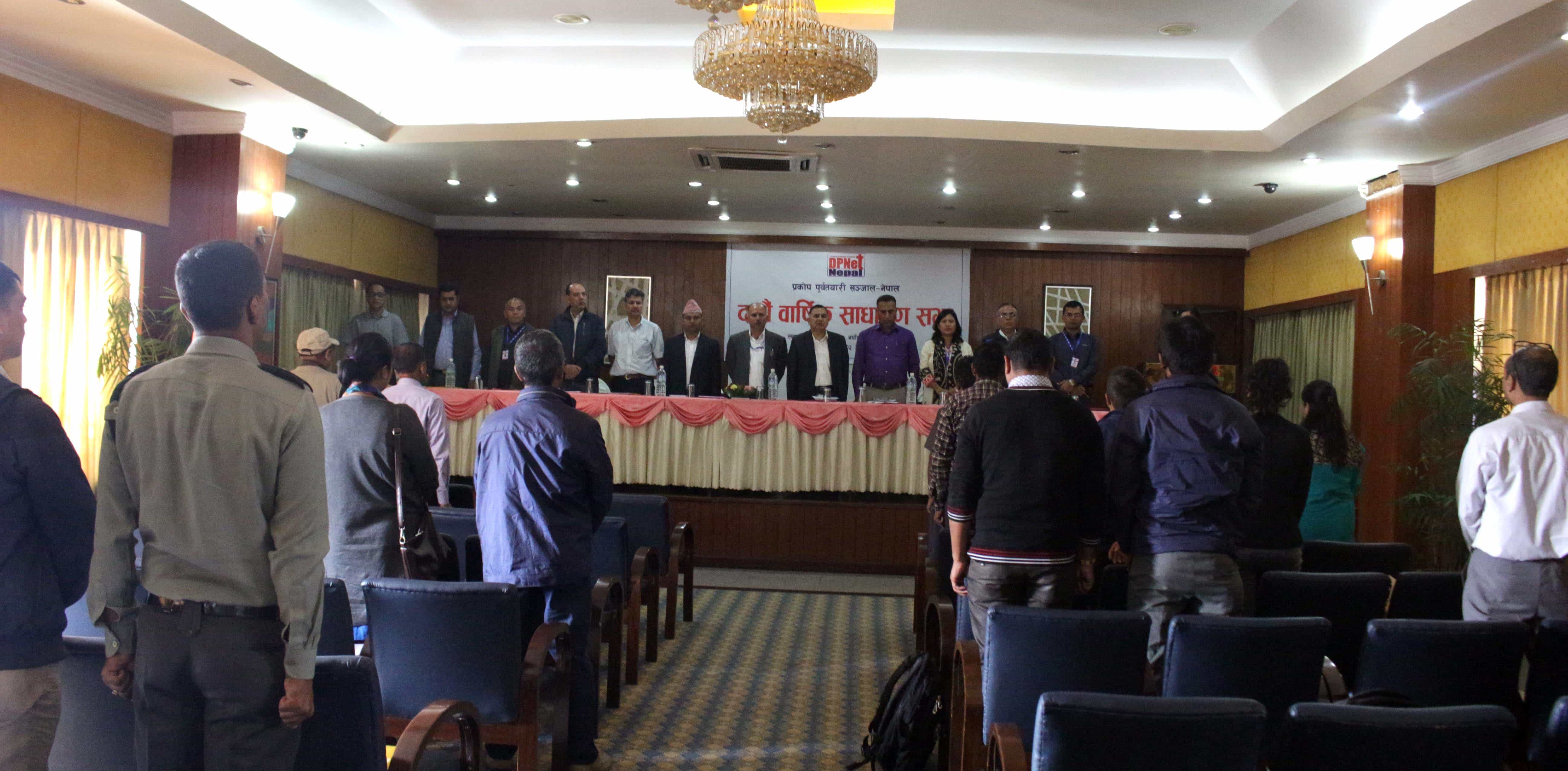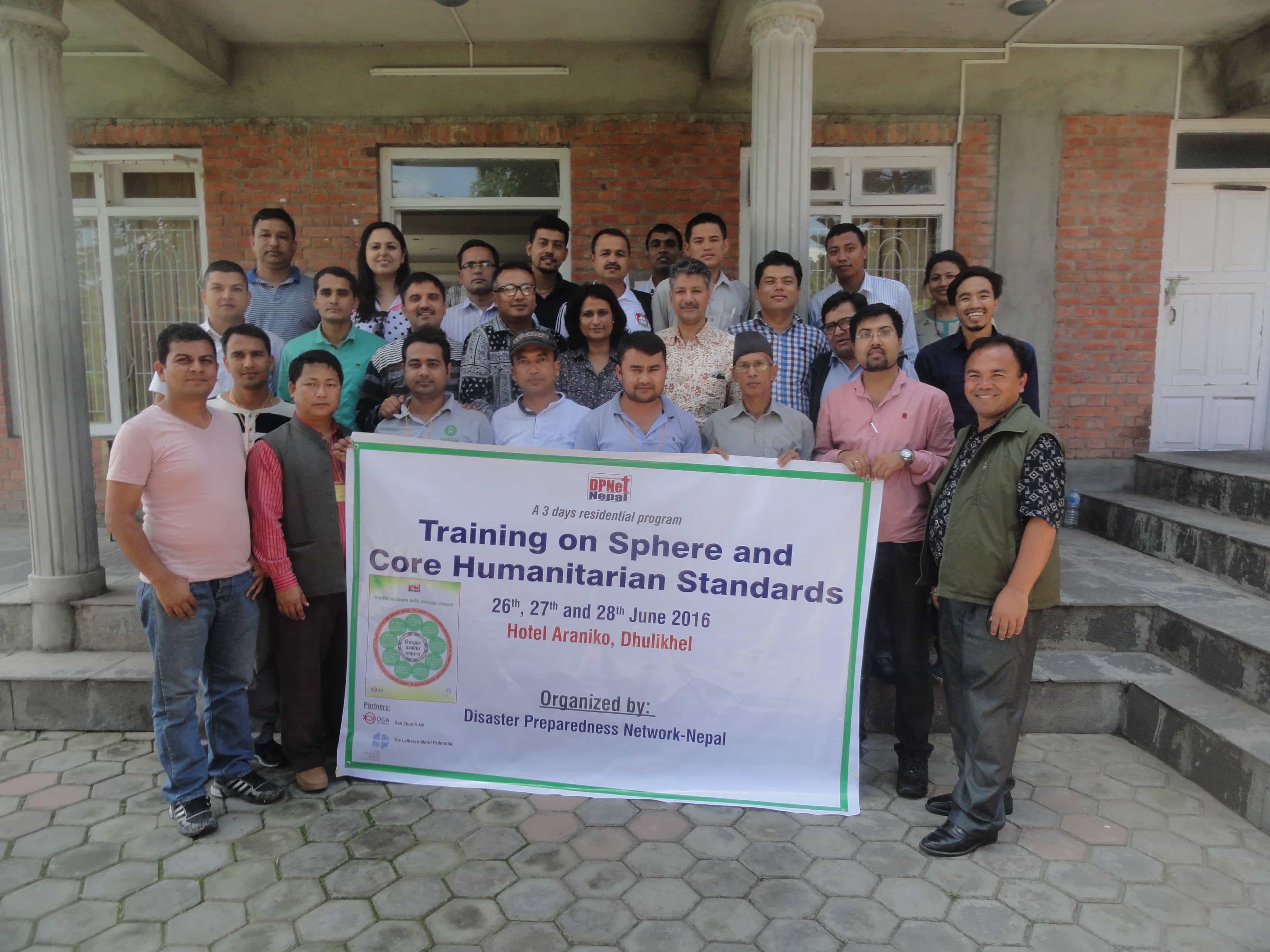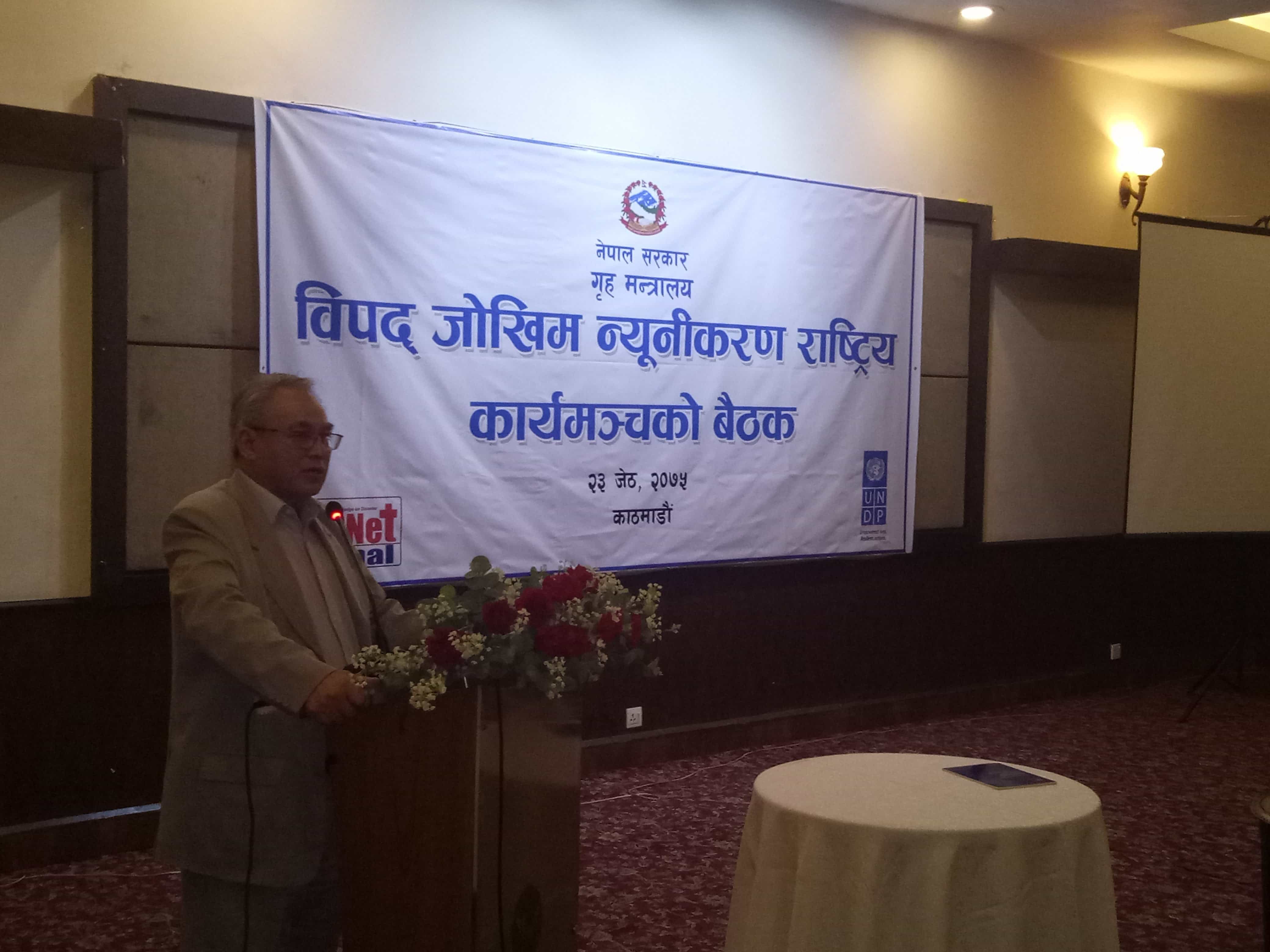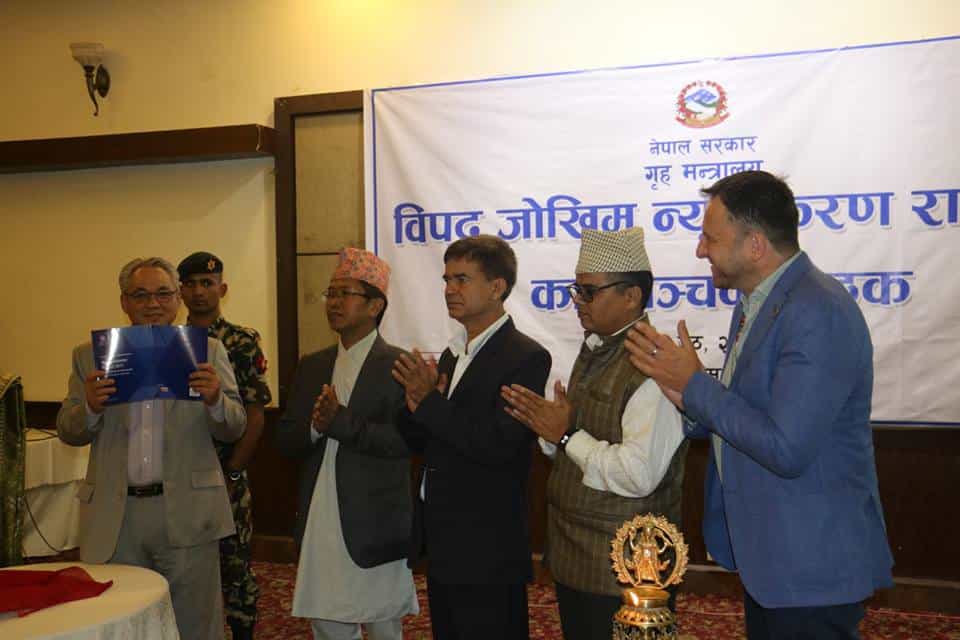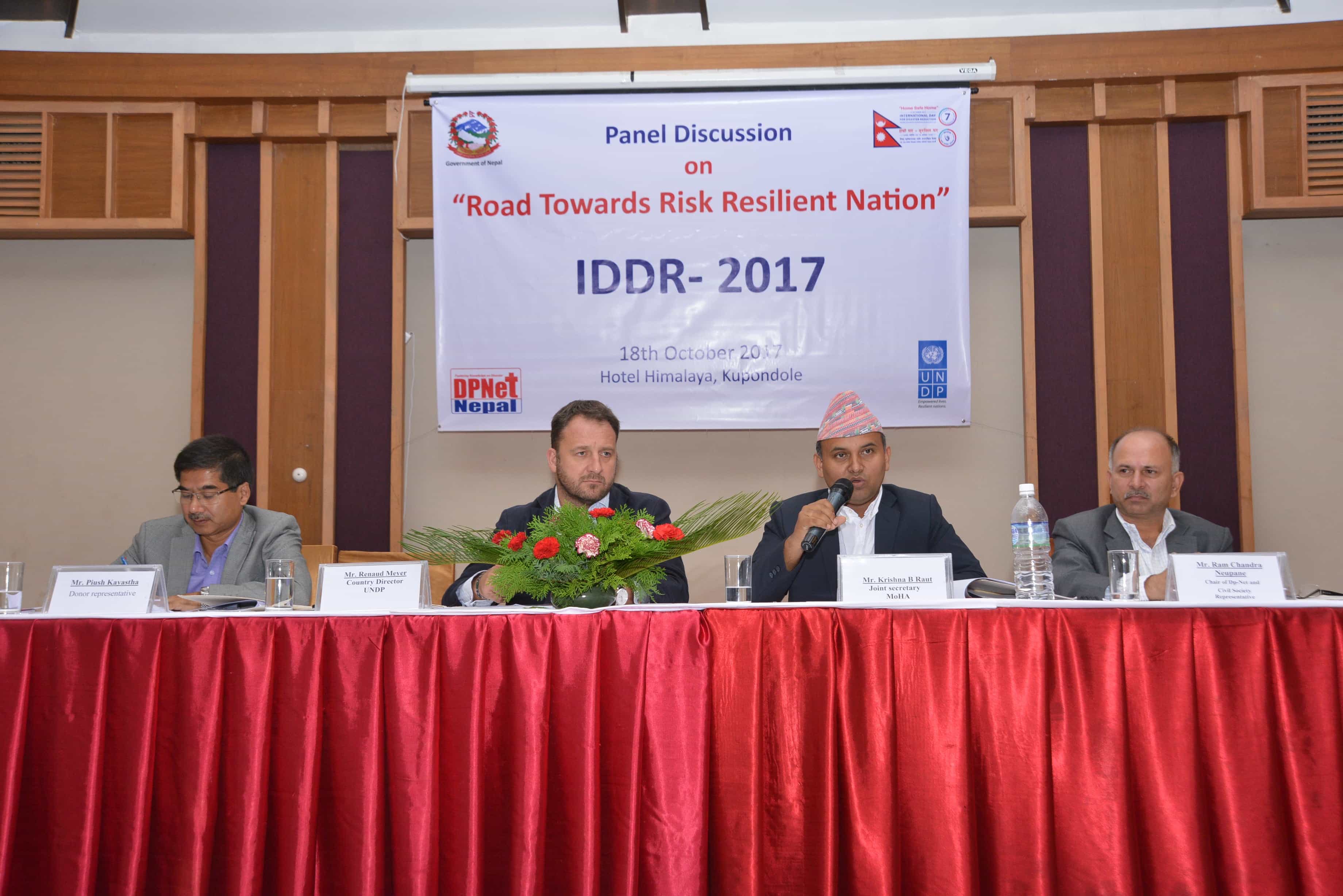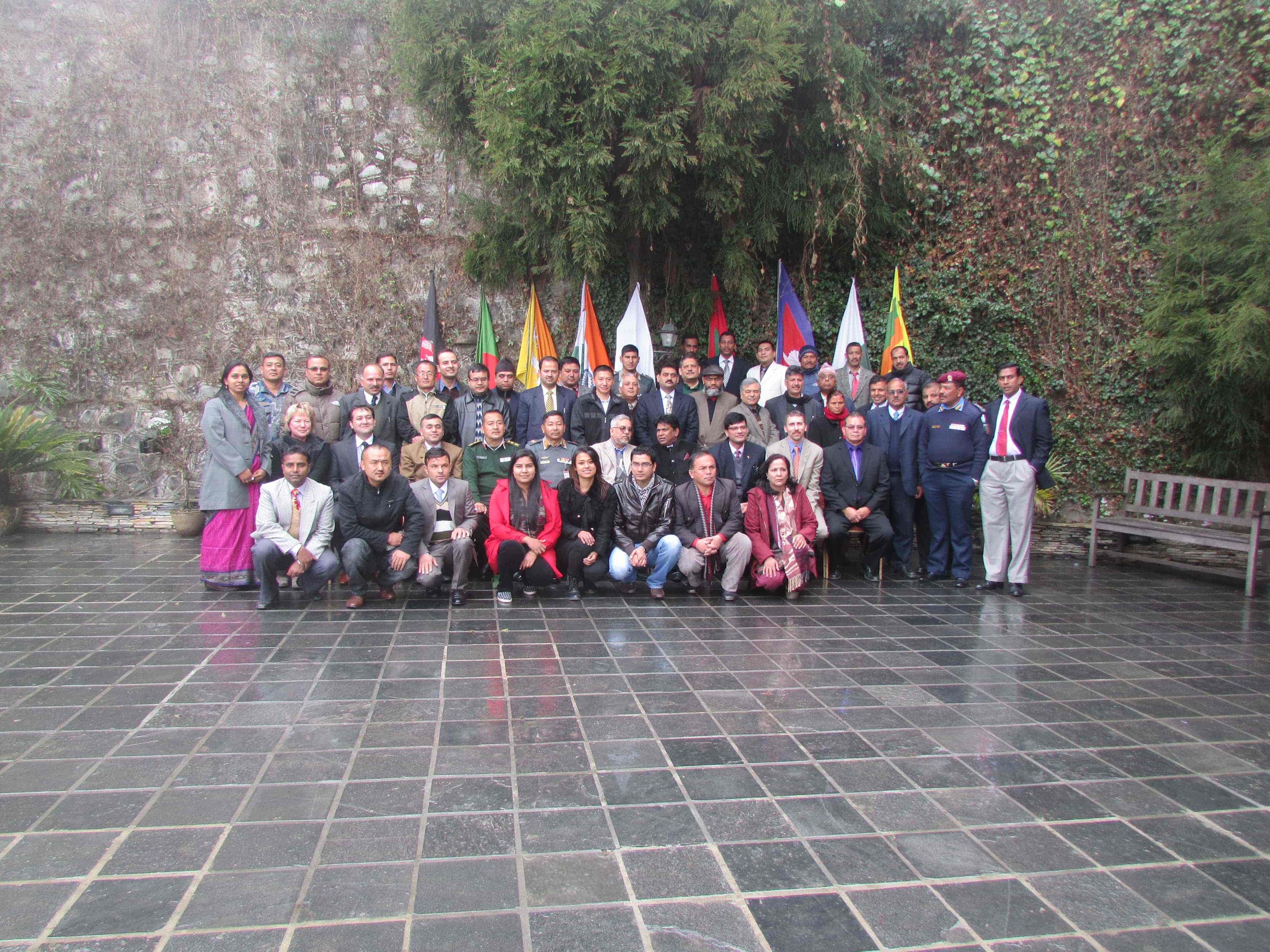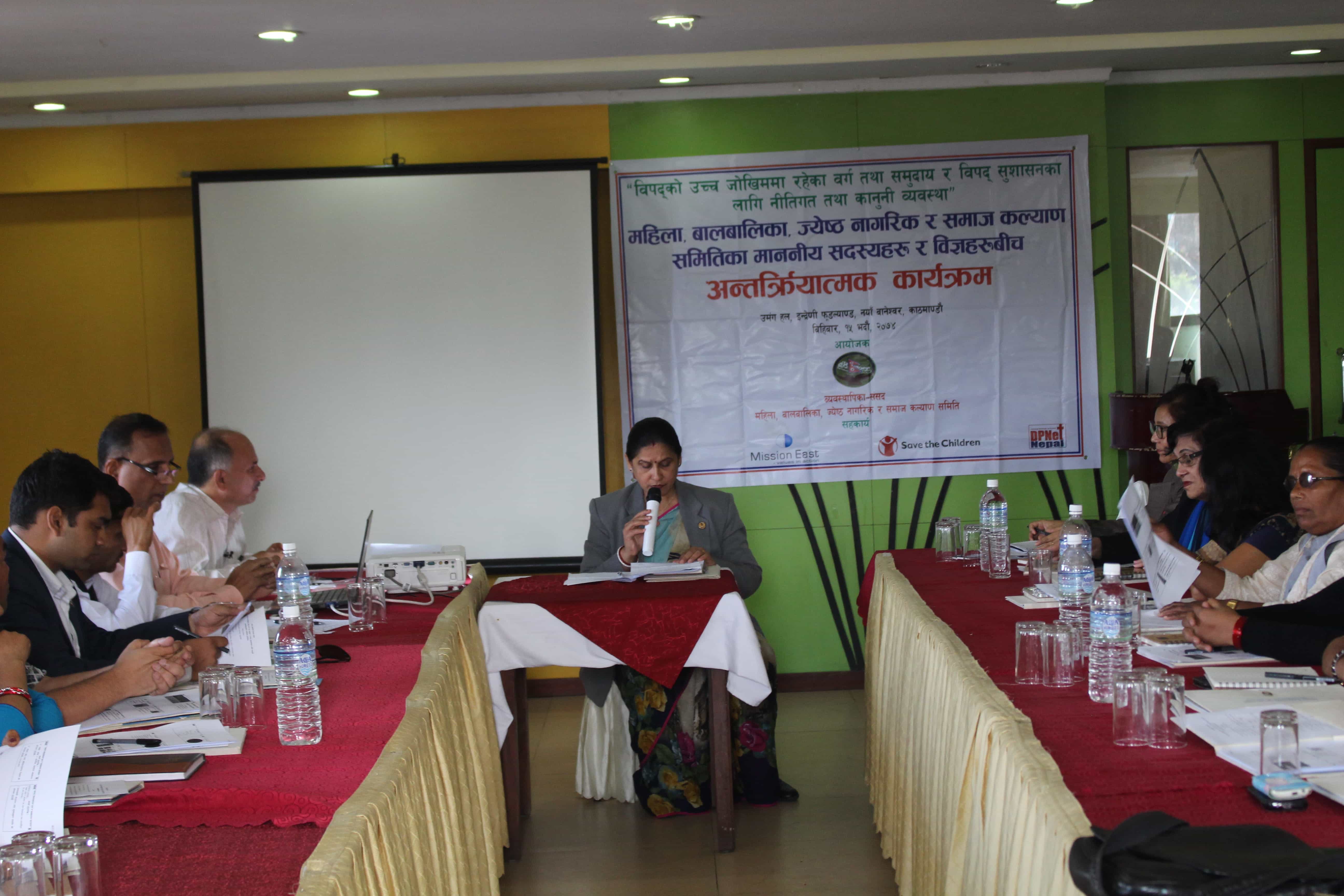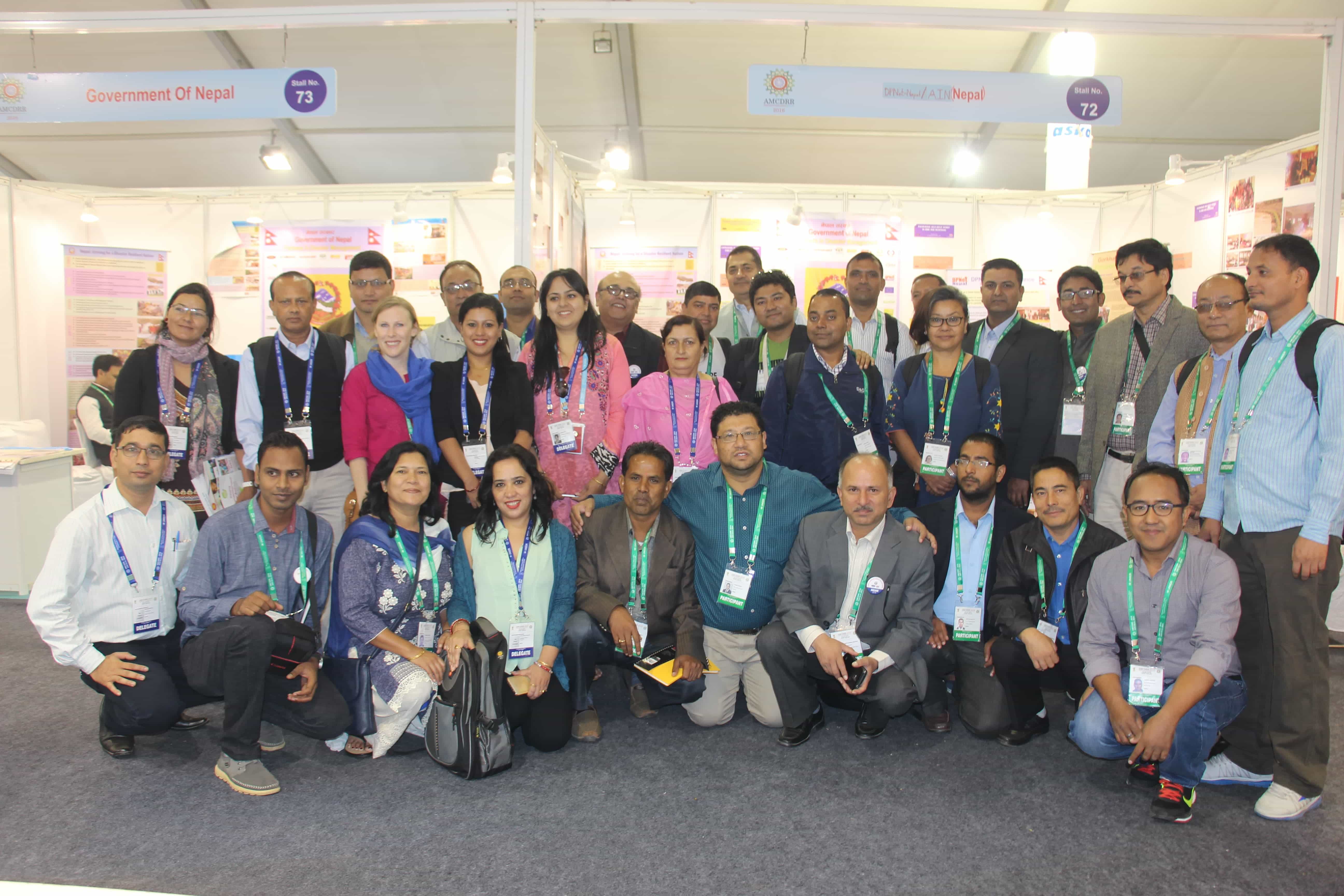National Symposium Marks IDDRR 2019 with Emphasis on Disaster Risk Reduction
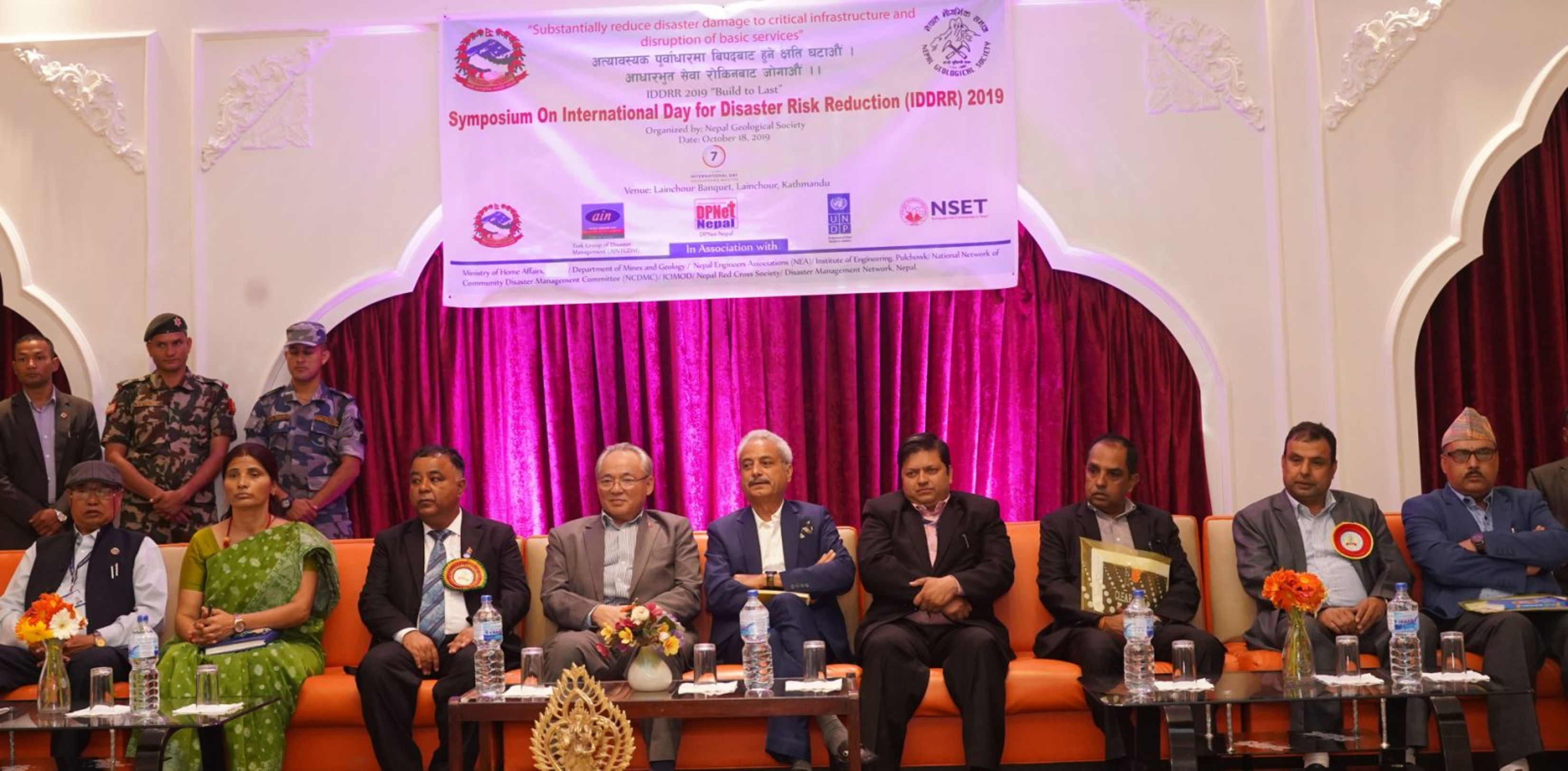
National Symposium Marks IDDRR 2019 with Emphasis on Disaster Risk Reduction
Kathmandu, Nepal - On October 18th, 2019, the Ministry of Home Affairs, in collaboration with the Nepal Geological Society, organized the National Symposium as a key component of the weeklong programs commemorating the International Day for Disaster Risk Reduction (IDDRR) 2019. The symposium, supported by various organizations including the Department of Mines and Geology, DPNet-Nepal, AINTGDM, UNDP, NSET, NEA, ICIMOD, NRCS, IOE, DiMaNN, and NCDMC, aimed to provide a platform for in-depth discussions and knowledge sharing on disaster risk reduction and management (DRR&M). The event was attended by approximately 175 participants representing government agencies, DPNet-Nepal, academia, UNDP, AINTGDM, NGOs, and private sectors.
The symposium was inaugurated by the Chief Guest, Honorable Home Minister Ram Bahadur Thapa "Badal," who emphasized the need for an integrated approach to ensure safe infrastructure and reduce the risk of disasters. He launched the Nepal Disaster Report 2019 and highlighted the long-term impact of infrastructure loss in post-disaster scenarios. The Home Minister called for collective efforts and the active participation of all stakeholders and citizens in DRR to achieve the theme of this year's IDDRR slogan, "reduce disaster damage to critical infrastructure and disruption of basic services."
The technical session of the symposium featured presentations from experts and professionals in the field of disaster management. The topics covered a range of important aspects related to DRR and infrastructure development:
- "Safety Consideration in Hydropower Development to Mitigate the Disaster Risk" - Mr. Subash Chandra Sunwar, Senior Engineering Geologist, discussed the consequences of inadequate disaster risk consideration in hydropower projects and emphasized the need for safety measures to mitigate risks.
- "Reconstruction of Infrastructure (Hospitals and Schools) after the 2015 Gorkha Earthquake on the Perspectives of Build Back Better" - Dr. Diwat Kumar Shrestha, representing the National Reconstruction Authority (NRA), highlighted the modalities and positive aspects of school and health facility reconstruction, focusing on the concept of building back better.
- "Development of Early Warning Systems to Inform the Risk" - Mr. Rajendra Sharma, Senior Divisional Hydrologist, presented on the establishment of flood forecasting systems, real-time monitoring, and early warning dissemination to mitigate the risks associated with floods.
- "Civil Society Initiation on DRR Knowledge Management" - Mr. Raju Thapa, General Secretary of DPNet, and the All Nepal National Independent Teachers' Association for Geospatial and Disaster Management (AINTGDM) delivered a joint presentation on the role of the National Platform for DRR and the initiatives taken by DPNet-Nepal to enhance DRR knowledge management through an online resource center.
- "Lesson Learnt for Building Community Resilience after the 2015 Gorkha Earthquake in Nepal" - Dr. Yuba Raj Paudyal, Deputy Project Director of NRA, shared insights into the loss and damage caused by the 2015 earthquake, government reconstruction initiatives, and the challenges faced in building community resilience.
- "Reconstruction of Government Buildings and Critical Facilities after the 2015 Earthquake" - J.S Bishwakarma, Deputy Project Director of NRA, discussed the damage conditions, progress in reconstruction work, design approaches, and the issues and challenges encountered in the reconstruction of government buildings and critical facilities.
- "Towards Community Resilience through Building Code Implementation" - Mr. Suman Pradhan from NSET addressed the importance of building codes in enhancing community resilience. He highlighted the milestones achieved in building code implementation, its impact at the municipal level, and the lessons learned.
The symposium concluded with a call for the integration of various aspects, including underground science, in the pursuit of effective disaster risk reduction strategies. The event provided a platform for valuable discussions, knowledge sharing, and networking among stakeholders involved in DRR&M, contributing to the overall goal of reducing disaster risks and promoting resilience in Nepal.
